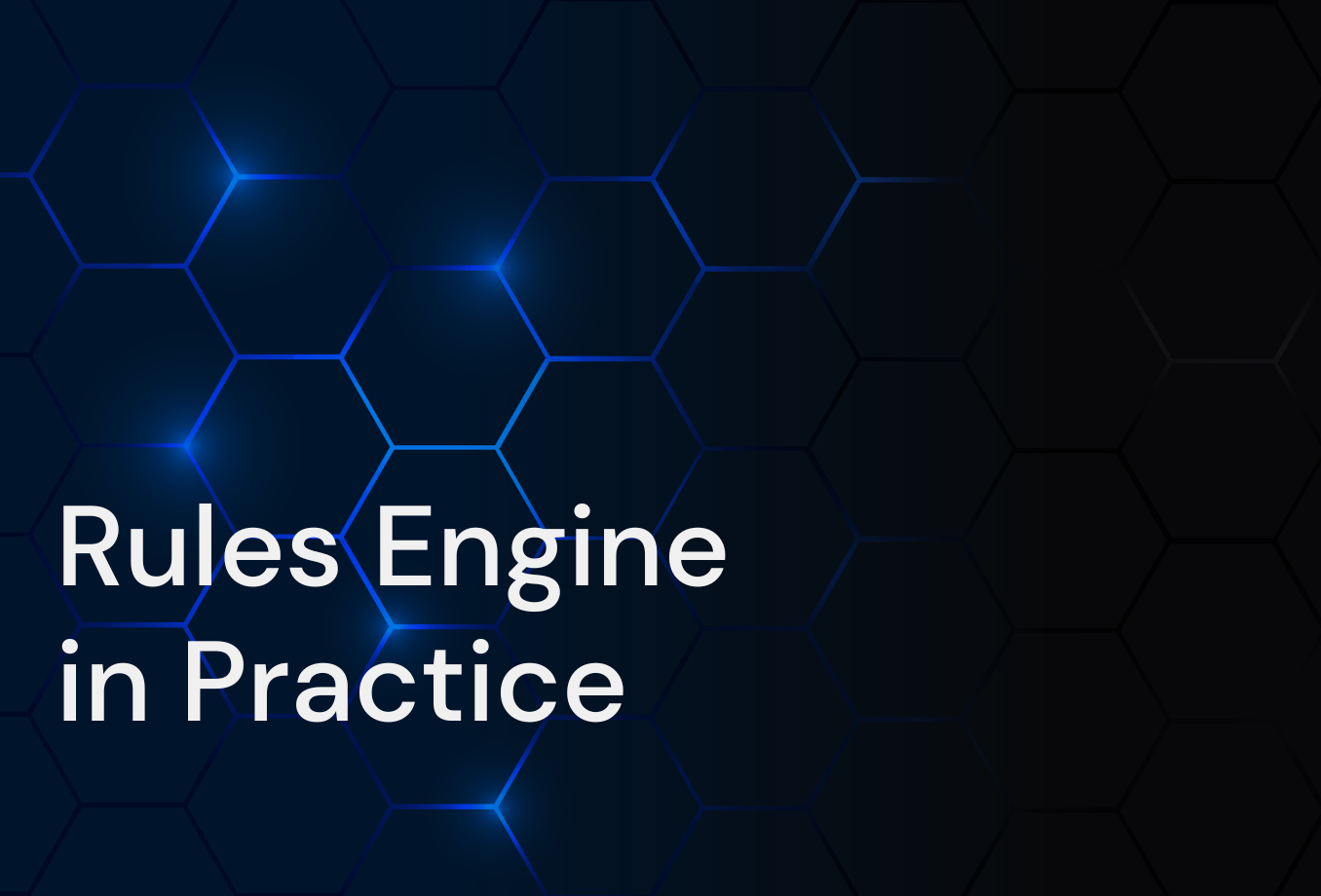Parametric insurance is gaining momentum as a modern approach to risk coverage, offering faster payouts and greater transparency. But beneath its streamlined surface lies a growing need for agile, rules-driven systems that can manage complex logic and deliver instant decisions. This is where decision engines, also known as business rules engines are stepping into the spotlight.
From Static Policies to Smart Triggers
Traditional insurance models rely heavily on static claims processes and manual assessment. Parametric insurance flips this paradigm. Instead of compensating for actual losses, it pays out based on predefined triggers—like a wind speed threshold or a rainfall index. This makes it ideal for areas like travel, agriculture, or climate-related risks.
But for parametric insurance to deliver on its promise, insurers need a system that can:
- Evaluate real-time data,
- Apply dynamic logic rules,
- React instantly and transparently.
Enter Decision Engines
Decision engines like Higson are designed to handle precisely these challenges. They separate decision logic from core systems, allowing insurers to model, test, and adjust rules without touching the codebase.
Key Use Cases in Parametric Insurance
- Trigger Evaluation
- Parametric policies depend on external data - weather stations, satellite feeds, financial indices. A decision engine can continuously evaluate these inputs and trigger payouts automatically when thresholds are met.
- Real-Time Pricing
- In scenarios like travel or event insurance, where risk conditions change by the hour, pricing rules can be dynamically adjusted based on live data streams.
- Customer Eligibility & Product Matching
- Rules engines help match customers with the right product variations based on geography, risk tolerance, or exposure levels.
- Regulatory Adaptability
- Parametric policies often operate across multiple regions and regulatory frameworks. Versioned rule sets allow insurers to manage this complexity in a structured and auditable way.
Why This Matters Now
Speed, transparency, and scalability are no longer nice-to-haves in insurance, they are business imperatives. With parametric models pushing the boundaries of what’s possible, decision engines become the foundation for:
- Faster Time-to-Market: Rules can be created, tested, and deployed in hours, not months.
- Empowered Business Teams: Product managers and analysts can update logic without relying on developers.
- Mass Testing and Audit Trails: Tools like Higson offer built-in testers and full versioning for traceability and confidence in every decision.
Real-World Example: InterRisk’s IRON Platform
InterRisk, part of the Vienna Insurance Group, integrated Higson into its sales platform to automate product configuration and decision logic. Business users now manage coverages, eligibility rules, and tariffs independently of IT enabling rapid response to market changes and reducing time to market dramatically.
What’s Next: AI-Enhanced Decisioning
The future of parametric insurance will likely see deeper integration between rule-based engines and artificial intelligence. AI models can suggest optimal rule changes, flag anomalies, or adjust parameters dynamically—while the decision engine ensures consistency, auditability, and compliance.
Think of AI as the advisor and the rules engine as the execution layer: together they enable smarter, faster, and more resilient parametric offerings.
Final Thought
As parametric insurance reshapes the landscape of risk, decision engines provide the digital backbone. They combine flexibility with control—unlocking a new generation of products that are fast, fair, and future-ready.

Take Full Control of Your Product Logic
We provide fee Proof Of Concept, so you can see how Higson can work with your individual business logic.





.png)
